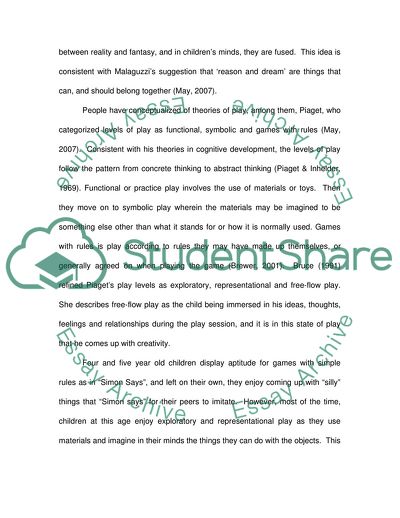Cite this document
(Time to Play: Early Childhood Education Literature review, n.d.)
Time to Play: Early Childhood Education Literature review. Retrieved from https://studentshare.org/education/1746358-creativity-within-the-early-years-curriculum
Time to Play: Early Childhood Education Literature review. Retrieved from https://studentshare.org/education/1746358-creativity-within-the-early-years-curriculum
(Time to Play: Early Childhood Education Literature Review)
Time to Play: Early Childhood Education Literature Review. https://studentshare.org/education/1746358-creativity-within-the-early-years-curriculum.
Time to Play: Early Childhood Education Literature Review. https://studentshare.org/education/1746358-creativity-within-the-early-years-curriculum.
“Time to Play: Early Childhood Education Literature Review”. https://studentshare.org/education/1746358-creativity-within-the-early-years-curriculum.


